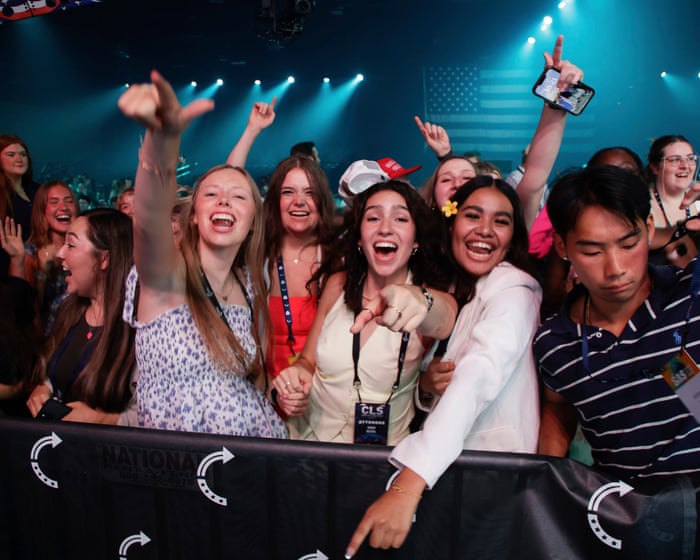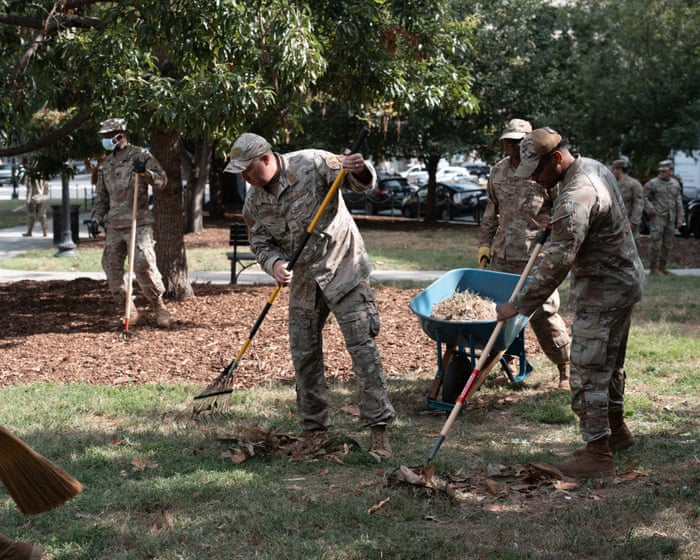“When it comes to human remains, I’ll take just about anything,” says Henry Scragg. “As long as they’re ethically sourced, I should add.”
Speaking from his macabre curiosity shop in Essex during a recent YouTube interview, Scragg wears a worn bowler hat, sports tribal-style face tattoos, and has a ginger beard that flows into three long dreadlocks.
His shop, Curiosities from the 5th Corner, looks like something out of a Victorian horror story: a preserved conjoined twin fetus floats in a large medical jar near his elbow, while shelves of human skulls and a hybrid animal skeleton loom in the background. The shop’s website offers a monthly human skull subscription—where buyers receive a skull of the shop’s choice each month—along with mummified body parts, shrunken heads, and items like masks and wallets made from human leather.
There is no indication that selling these items is illegal, but experts, including Dame Sue Black, one of the UK’s top forensic scientists, are calling for a crackdown on the trade in human remains.
They argue that the lack of regulation means much of the buying and selling of bones and skulls exists in a legal gray area. The growing online market, they warn, could fuel a new era of “body snatching,” with reports of bones being taken from crypts and graveyards both in the UK and abroad.
“You’ve got people breaking into mausoleums and taking remains to sell to those who find this gothic, quirky, or supernatural,” said Black, who is also president of St John’s College, Oxford. “If selling a bird’s nest can be illegal, surely we can make selling a human body illegal. Wearing a necklace made from someone’s teeth isn’t acceptable to people.”
Experts point to a key issue in how laws are applied. In the UK, desecrating a grave is a crime, but human remains are not considered property, so they can’t legally be “owned” or “stolen.” This means possessing or selling historical human remains isn’t automatically illegal, even if they were dug up unlawfully.
“It’s gruesome,” said Black. “That’s why we say ‘Rest in peace.’ You don’t expect your body to be dug up and sold.”
Dr. Trish Biers, from the University of Cambridge’s anthropology department, leads a task force at the British Association for Biological Anthropology and Osteoarchaeology (BABAO) that investigates the sale of human remains. She noted a significant rise in such sales in the UK in recent years. Over the past five years, BABAO has blocked more than 200 sales from auction houses, shops, and online sellers.
Biers pointed out the irony: “You can’t take photos of remains under 100 years old for medical research, but it’s somehow acceptable to turn a child’s spine into a handbag handle.”
While the market has long been dominated by ex-medical skulls and former museum pieces, Biers observed an increase in sales of skulls labeled as “archaeological,” which often appear to have been dug up from the ground or removed from coffins.
“Social media has completely changed the market,” she said. “The problem is, it’s not illegal.”
Similar concerns were raised in March by Mattaeus Ball, a Reading-based dealer in “macabre art and oddities” who recently announced he would no longer trade in human remains.
“The waters are becoming too muddy with stolen items, grave-robbed pieces—so many things that just aren’t right,” he said in an Instagram post. “And people keep thinking I’m involved in that, when I’m not.” Ball declined to be interviewed.
The Guardian showed images of 10 skulls for sale on Instagram and other UK online forums to three forensic experts. Several were judged to…Some of the skulls appear to be old anatomical teaching specimens, while others show signs of dirt or traces of human tissue, suggesting they may have been excavated more recently. One skull, listed for £995 on a Belfast-based website, had root damage, indicating it had been buried. An expert noted possible organic residue, root traces in the skull’s sutures and eye sockets, and signs of rodent gnawing. The website owner disputed that roots or rodents caused the damage.
Another skull, missing several teeth and priced at £795 on a UK shop’s site, reportedly had manganese oxide staining—consistent with remains from old graves. At least three skulls showed bone softening, which happens when bones are exposed to acidic decomposition materials inside coffins. One of these had recent facial damage and a dark, flaky layer, described by an expert as typical of skulls removed from coffins. The exposed white bone indicated fresh damage.
Dr. Nicholas Marquez-Grant, a forensic anthropologist, suggested that based on anatomical features, some skulls likely came from outside the UK, such as Asia or Africa, and could date back to the 19th century.
Paul Boateng, who plans to meet with the culture secretary to push for legal changes, has raised concerns about the trade in ancestral remains, particularly from Indigenous communities. He called the objectification and trade of human remains “deeply repugnant” and a national shame.
Most private trade in human remains falls outside the Human Tissue Act 2004, which was enacted after the Alder Hey scandal involving unauthorized organ retention. The law only covers remains less than 100 years old and applies to specific uses like organ transplants, research, and public display—though experts note it doesn’t clearly cover images shared on social media by sellers. This means collectors can legally buy, sell, or modify remains if they were obtained legally and aren’t used for transplants.
One expert pointed out the inconsistency: curating remains requires a license, and photographing recent remains in certain settings is restricted, yet turning a child’s spine into a handbag handle is not explicitly illegal. A law professor described private use of human remains as a “legal void,” noting that UK law doesn’t consistently uphold dignity for the dead across all contexts.
In a podcast, a seller acknowledged that some older skulls might have been recently excavated legally, such as to make room for new burials. He argued that selling skulls to collectors who would “appreciate and care for them” could be seen as more respectful than reburying them.Other online sellers mentioned acquiring bones discovered by construction or sewage workers, though few provided specific details about their origins. Scragg declined to comment.
A spokesperson for the Department for Culture, Media and Sport stated: “All human remains should be treated with respect and dignity. We expect auction houses to carefully review their practices, and for anyone trading in human remains to seriously consider the ethical issues involved, as many people rightly find this trade deeply troubling.”
A source from the DCMS added that stealing remains would be “a repugnant act of desecration” and that they would expect police to respond “using the full force of the law.”
A spokesperson for the Human Tissue Authority emphasized that anyone handling human tissue under its regulations should follow the principles of “consent, dignity, quality, honesty, and openness.”
Frequently Asked Questions
Of course Here is a list of FAQs about the trade in human remains designed to be clear and conversational
General Definition Questions
Q What exactly is graverobbing
A Its the illegal act of digging up a buried body or human remains from a grave tomb or cemetery usually to steal artifacts or the remains themselves to sell
Q Is there really a market for human bones and remains
A Yes unfortunately There is a growing online market where human skulls skeletons and other remains are bought and sold often on social media platforms and private websites
Q Isnt this just something from history books
A While it was more common in the past it is a very real and modern problem Recent cases and law enforcement reports show its happening today
Ethical Legal Questions
Q Is buying human remains always illegal
A Not always but its a huge gray area Laws vary by country and state The major problem is that its often impossible for a buyer to know if the remains were obtained legally and ethically or if they were stolen from a grave
Q Why is this such a big ethical problem
A It shows a profound disrespect for the deceased and their grieving families These were people not collectibles It also often involves the desecration of Indigenous and historical burial grounds which is a deep cultural violation
Q Who is most affected by this trade
A Historically marginalized communities are often targeted This includes Indigenous burial grounds old paupers cemeteries and African American gravesites as they may be less protected or documented
Practical Consumer Questions
Q Ive seen human skulls for sale online How can I tell if its ethical
A Its extremely difficult Reputable sources are very rare A good rule of thumb if you have to ask its probably not ethical True ethical sources are typically ancient archaeological finds with full documentation not modern online sellers
Q What are the common problems with buying remains
A Beyond the ethical issues you could be
Possessing stolen property
Interfering with an ongoing police investigation




